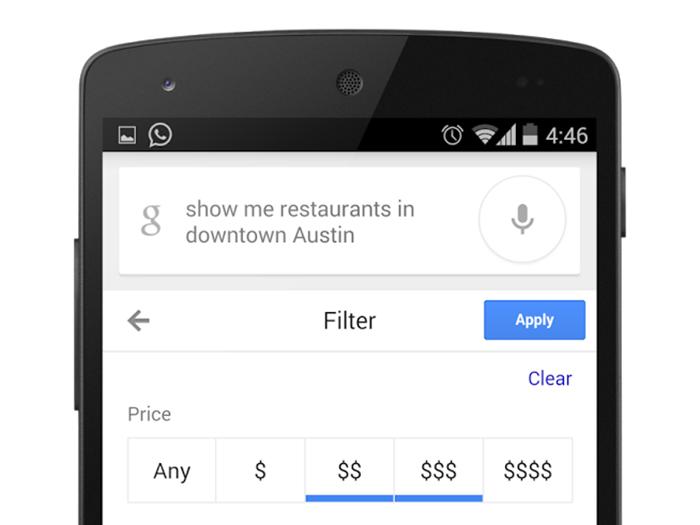
Detailed on Grub Street, a maître d’ at NYC restaurant Eleven Madison Park spends his afternoon Googling anyone that will be dining at the restaurant later in the evening. Attempting to glean information off social networks and other public sites, maître d’ Justin Roller searches for clues about special dates like birthdays or anniversaries as well as information about hometowns. For instance, Roller states “If I find out a guest is from Montana, and I know we have a server from there, we’ll put them together.”
Conceptually, the restaurant is attempting to use familiarity to improve on the guest’s experience. Even further, the maître d’ will look for specific interests. For example, if a guest publicly likes jazz music on their Facebook page or Twitter feed, they are paired up with a server that has similar interests and can naturally bring it up in conversation. Beyond personal information, Roller also scans through publicly posted pictures to link a face with a name as well as look for pictures of wine glasses or white coats. Those pictures could indicate that a wine connoisseur or a chef will be dining with the restaurant that evening.

Hypothetically, this type of research could benefit any restaurant that needs to make sure important guests are taken care of, especially guests that are particularly active on Yelp or food blogs. Of course, there’s a definite element of creepiness that could come across if someone’s private information isn’t handled properly.
There’s also the potential that this type of research could completely backfire. For instance, someone from a particular state or city may absolutely hate their hometown and wouldn’t appreciate talking to someone from the same region. The same goes for someone that’s trying to avoid celebrating their birthday and simply wants to have a private meal without any fanfare.
Editors' Recommendations
- Level up your company’s social media strategy with Sprout Social
- This Twitter vulnerability may have revealed owners of burner accounts
- Meta’s new AI research may boost translations on Facebook, Instagram
- Twitter Communities: A guide to the Reddit-like world within Twitter
- Twitter accused of selling your phone number to advertisers

